
How to Eat Bread, Rice, and Potatoes Without Blood Sugar Spikes
How to Eat Bread, Rice, and Potatoes Without Blood Sugar Spikes
A beautifully balanced plate featuring whole-grain bread, grilled chicken, and a crisp salad perfectly demonstrates how to enjoy carbohydrates safely and smartly.
Let’s face it—being told to completely cut out bread, rice, and potatoes can feel impossible. These foods aren’t just calories; they’re comfort, culture, and tradition. From a warm slice of toast at breakfast to a bowl of rice at dinner, they’re woven into daily life around the world. So when you’re managing diabetes or trying to balance your blood sugar, hearing that you must “avoid carbs” can sound like a life sentence of bland meals.
Here’s the truth: you don’t have to give them up. You can enjoy carbohydrates—yes, even your favorites—without sending your blood sugar into chaos. The key is to eat them strategically.
In this guide, we’ll explore six practical, science-backed strategies that help flatten post-meal glucose spikes while improving insulin sensitivity over time. These methods aren’t restrictive or complicated. They’re small, evidence-based tweaks that can transform how your body reacts to food. You’ll learn simple kitchen techniques, smart pairing tricks, and even how meal timing affects your metabolism.
Before you begin, remember: while this information is grounded in research, always consult your healthcare provider before making significant dietary changes. (Based on insights from Leonid Kim, MD)

Key Takeaways
-
Transform Your Starches: Cooking, cooling, and reheating foods like rice and potatoes boosts “resistant starch,” which blunts blood sugar spikes.
-
Never Eat Carbs Naked: Always pair carbohydrates with protein, fat, or acid (like vinegar or lemon juice) to slow glucose absorption.
-
Sequence Your Meal: Eat vegetables and protein first, carbs last. This simple order can dramatically reduce glucose spikes.
-
Walk It Off: A short 10-minute walk after meals helps your muscles soak up extra glucose.
-
Choose Logs, Not Kindling: Whole, fiber-rich carbs digest slowly for stable energy, unlike refined, fast-burning carbs.
-
Mind the Clock: Avoid late-night meals. Your metabolism slows at night, making glucose harder to manage.
1. Harness the Power of Resistant Starch
One of the simplest, most powerful tools to stabilize your blood sugar is resistant starch—a type of carbohydrate that acts almost like dietary fiber.
Most starches in bread, pasta, and white rice break down quickly into glucose, flooding your bloodstream and spiking blood sugar. Over time, this can worsen insulin resistance and strain your pancreas. Resistant starch, however, behaves differently: it resists digestion in the small intestine and travels to the large intestine, where it becomes food for beneficial gut bacteria.
These microbes ferment resistant starch into short-chain fatty acids (SCFAs), especially butyrate—a compound shown to reduce inflammation, improve insulin sensitivity, and support gut health. In essence, you’re turning carbs into prebiotics that help your metabolism thrive.
How to create resistant starch:
-
Cook your rice, potatoes, or pasta as usual.
-
Cool them completely in the refrigerator for at least 12–24 hours.
-
Reheat before eating.
This cook–cool–reheat process, called starch retrogradation, increases resistant starch content dramatically. Studies show that doing this can reduce the blood sugar impact of rice and potatoes by up to 30–40%.
You can also add naturally resistant-starch foods like lentils, beans, chickpeas, green bananas, and barley into your meals for an extra metabolic boost.
2. Master the Art of Food Pairing
“Never eat a naked carb.” It’s a phrase worth remembering. Carbs alone digest quickly, but when combined with protein, fat, or acid, your body absorbs glucose far more slowly.
Protein slows digestion and triggers hormones that improve glucose control. A meta-analysis of 150+ clinical trials found that adding protein to meals could cut glucose spikes by up to 50%.
Healthy fats (like olive oil, avocado, or nuts) delay stomach emptying, leading to steadier blood sugar levels. That’s why mashed potatoes with olive oil or butter cause a gentler glucose rise than plain potatoes.
And then there’s acid—a secret metabolic ally. A spoonful of vinegar, a drizzle of lemon juice, or even fermented foods like kimchi or sauerkraut can lower the glycemic response of a meal. Vinegar, in particular, helps muscles become more sensitive to insulin and can reduce glucose production by the liver.
Simple pairing ideas:
-
Add olive oil and vinegar to your salad before eating carbs.
-
Combine rice with grilled fish or chicken.
-
Squeeze lemon juice over roasted potatoes.
-
Have a handful of nuts with fruit.
Small tweaks, big payoff.
3. Change Your Meal Order: Eat Carbs Last
Believe it or not, the order in which you eat your food can completely change your blood sugar curve.
When you start a meal with carbs—like bread or juice—your blood sugar rises sharply. But if you begin with fiber-rich vegetables and protein, you create a “glucose shield” that slows digestion.
By the time you eat your carbs, your stomach releases them gradually, flattening the glucose spike. A study published in Diabetes Care found that eating protein and veggies before carbs reduced glucose spikes by 40% and insulin spikes by 31% in people with type 2 diabetes.
Try this simple sequence:
-
Start with salad or non-starchy veggies.
-
Eat your protein (like chicken, tofu, or eggs).
-
Enjoy your carbs at the end.
Next time you’re dining out, skip the breadbasket at first—save it for later. This single behavioral shift can dramatically improve post-meal blood sugar control.
4. Take a Walk After You Eat
Movement is one of the most underrated tools for blood sugar control. You don’t need a gym or special equipment—a 10-minute walk right after eating can do wonders.
When you move, your muscles act like glucose sponges, absorbing sugar directly from your bloodstream without relying as much on insulin. This is especially true for your soleus muscle—a powerful calf muscle designed for endurance. It’s metabolically active and continuously draws glucose for energy when you’re walking or standing.
Even light activities like tidying the kitchen, walking the dog, or taking the stairs count. The key is timing: move soon after your meal, ideally within 15–30 minutes.
Studies show that short post-meal walks can lower blood sugar by up to 25% compared to sitting still. Over time, this small habit can greatly improve insulin sensitivity and reduce long-term risk of metabolic disease.
5. Choose Your Carbs Wisely: Logs, Not Kindling
All carbs aren’t equal. Think of them as fuel for a fire.
Refined carbs—like white bread, pastries, and crackers—are like kindling: they burn hot and fast, causing rapid spikes and crashes. Whole carbs, on the other hand, are like slow-burning logs: they provide a steady, sustained release of energy.
Whole, fiber-rich foods like oats, quinoa, lentils, and beans are digested more slowly, leading to smaller glucose fluctuations and more consistent energy levels. Fiber is key here—it slows down sugar absorption, supports gut health, and keeps you full longer.
Instead of cutting carbs entirely, upgrade them:
-
Swap white rice for brown rice or quinoa.
-
Replace white bread with sprouted or whole-grain bread.
-
Choose beans or lentils as your carb base.
Your goal isn’t to eliminate carbohydrates—it’s to choose smarter, denser, more nutrient-packed options that keep your blood sugar steady.
6. Respect Your Body Clock: Avoid Late-Night Meals
Your metabolism follows a natural rhythm. During the day, your body handles glucose efficiently. But as night approaches, insulin sensitivity drops—and your ability to manage blood sugar weakens.
By evening, rising melatonin levels (the sleep hormone) further suppress insulin secretion, meaning any late-night snack or heavy dinner will linger longer in your bloodstream.
Research shows that eating late can lead to higher fasting glucose levels the next morning, poorer sleep quality, and increased fat storage.
Practical tip: Aim to finish dinner at least 3 hours before bed. If you’re truly hungry later, choose a small, low-carb snack like Greek yogurt, nuts, or a boiled egg.
Conclusion
Managing blood sugar doesn’t mean saying goodbye to your favorite foods. Bread, rice, and potatoes can absolutely fit into a healthy, balanced lifestyle. The secret lies not in elimination, but in education—knowing how to combine, time, and prepare your meals to work with your metabolism, not against it.
By embracing these six evidence-based strategies—boosting resistant starch, pairing foods intelligently, eating in the right order, walking after meals, choosing whole carbs, and respecting your body’s internal rhythm—you can flatten glucose spikes, improve insulin sensitivity, and reclaim joy in eating.
Healthy eating isn’t about restriction. It’s about empowerment—learning how to make your favorite foods work for your body. Eat smart, move often, and enjoy your meals with confidence.
News in the same category

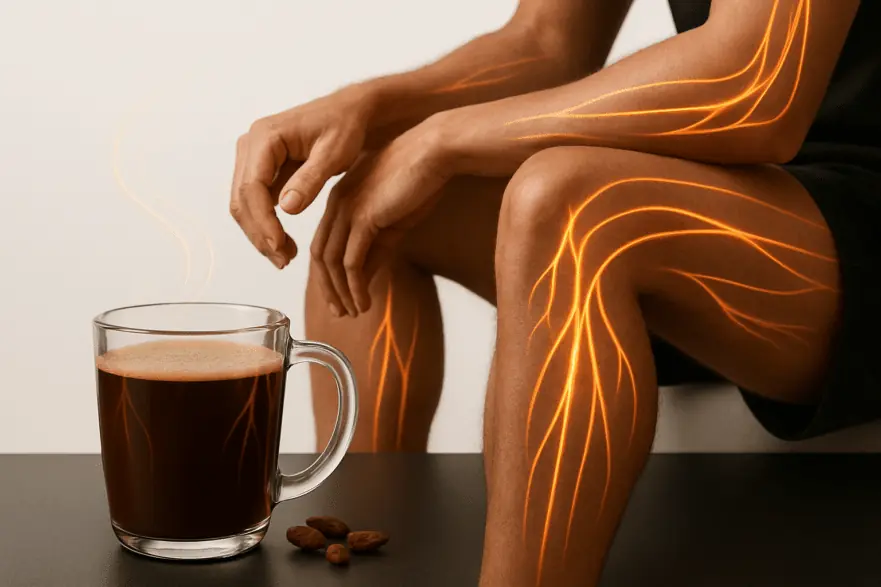
Cocoa Flavanols May Protect Blood Vessels Even When You Sit for Hours

Major Signs You Are Magnesium Deficient (and What To Do About It!)

It Will Make Your Bladder and Prostate Feel Like New! The Grandfather’s Recipe

The Orange Peel Elixir That Cleanses Your Whole Body and Fights Diabetes, Cholesterol, and Blurry Vision

Stubborn Grass (Sporobolus indicus): The Resilient Weed with Hidden Healing Powers

Cabbage Leaf Miracle: How to Relieve Joint Pain Overnight Naturally

Mouth Cancer: Symptoms, Causes, Stages, and Treatment

How to Cure Sciatic Nerve Pain: A Guide to Natural Remedies
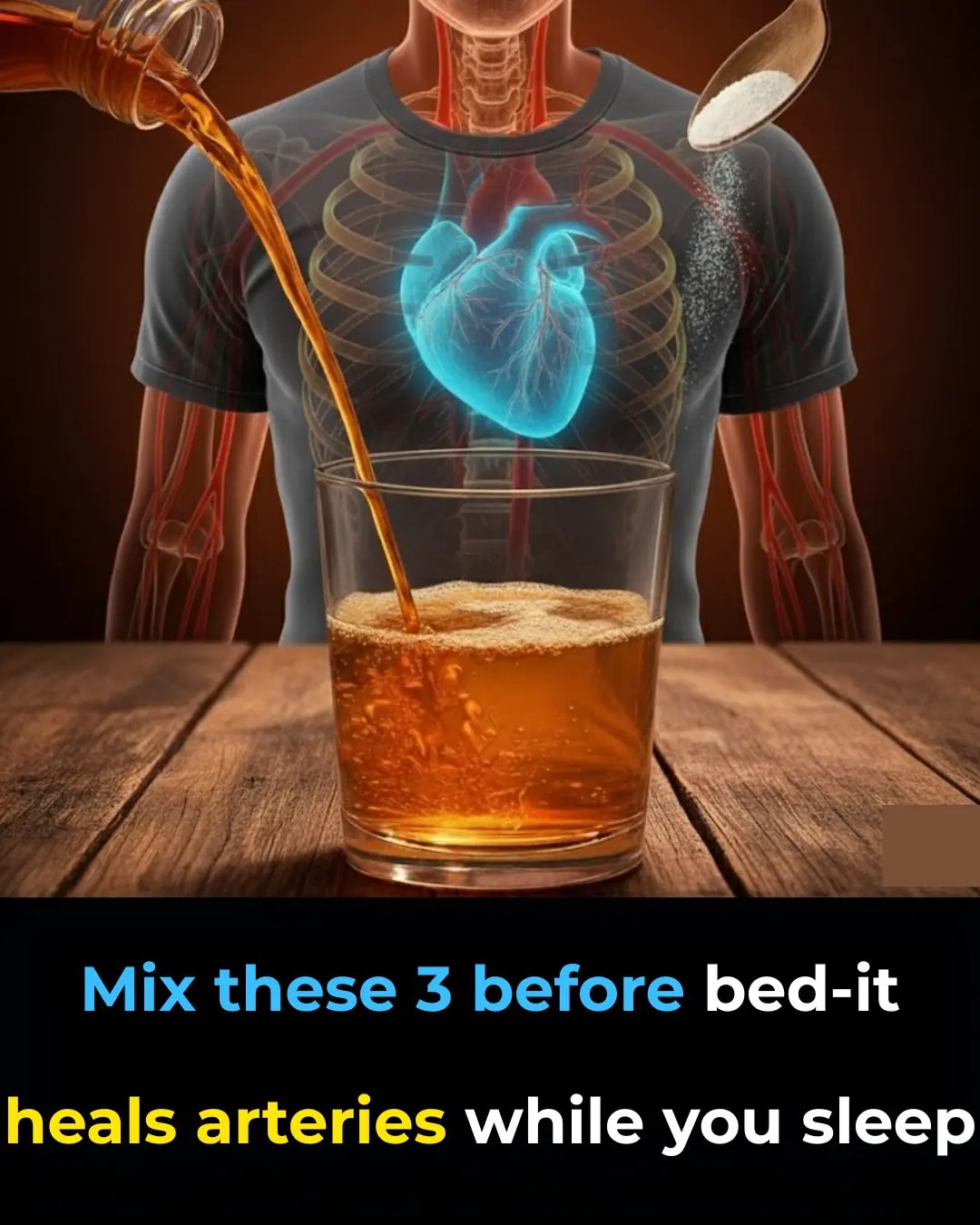
Mix these 3 before bed — it heals arteries while you sleep
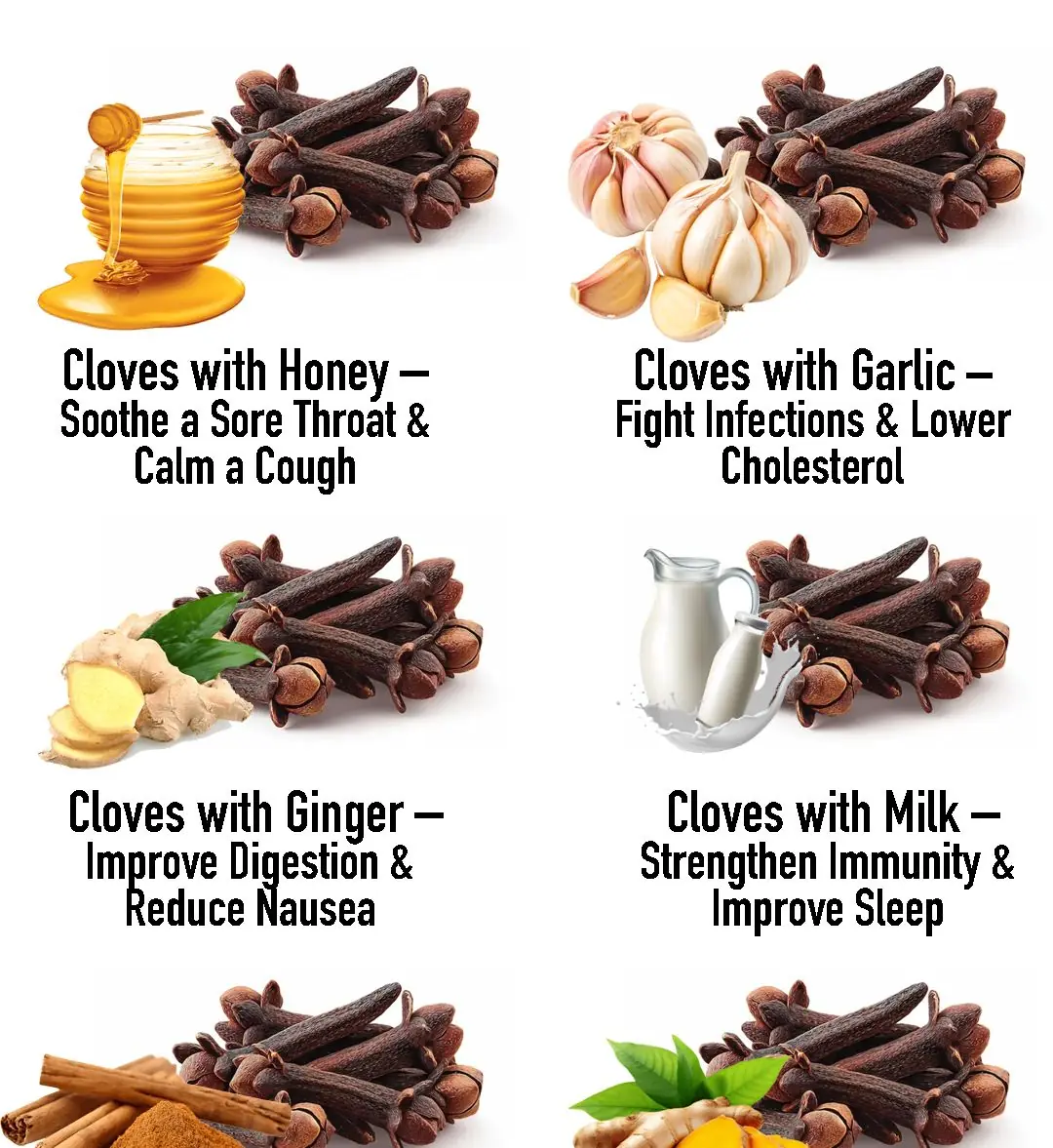
20 Genius Ways to Use Cloves for Your Health
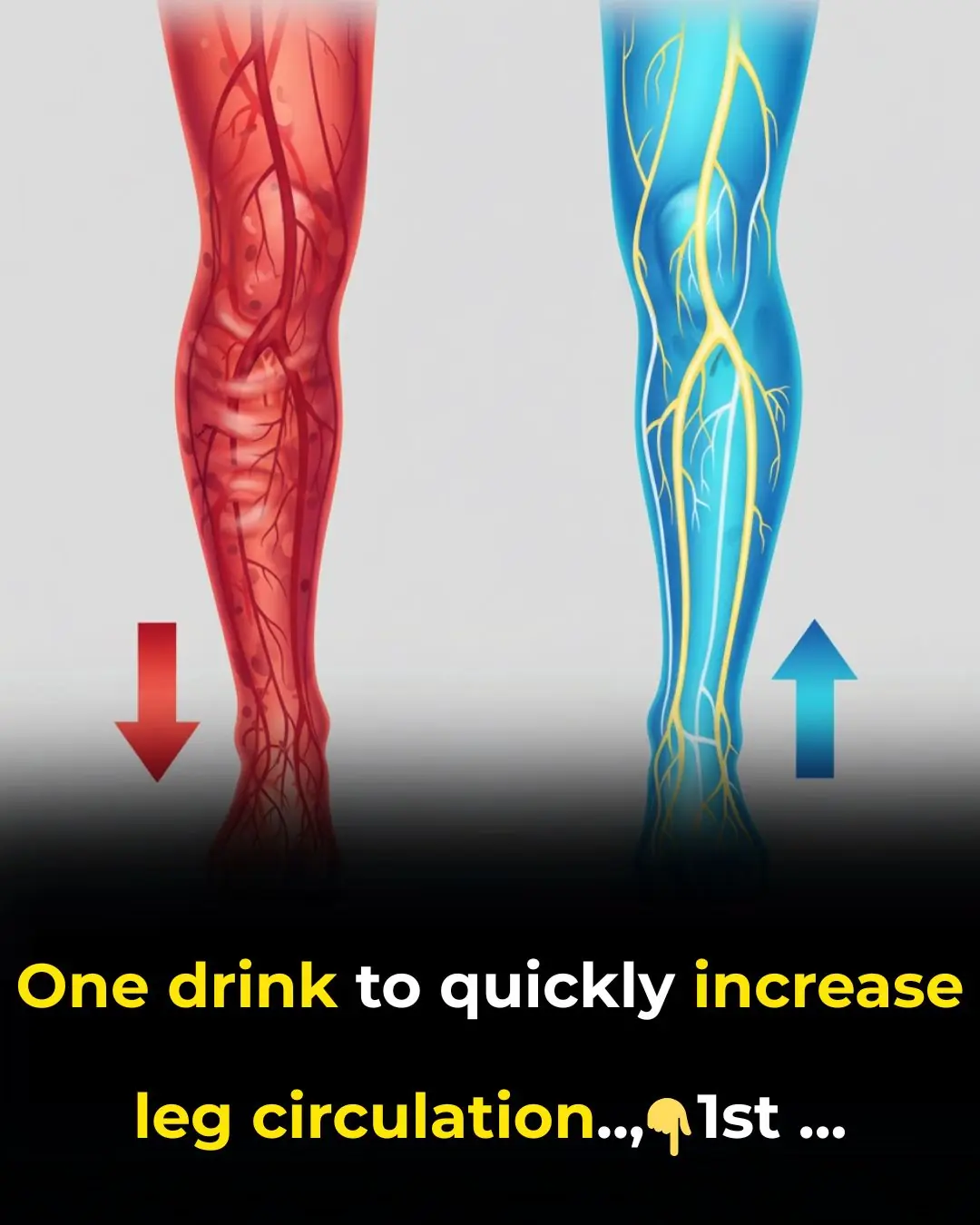
One drink to quickly increase leg circulation

Extremely good food you should not miss

Drink this cinnamon and clove tea to lower your blood sugar naturally

Here’s What Really Happens To Your Body If You Drink Diet Soda

Roselle: The Scarlet Herbal Treasure with Powerful Health Benefits

Clove-Infused Honey Power: A Natural Wellness Booster You Can Make at Home

How to Detoxify and Cleanse Each Organ to Never Be Sick or Tired Again
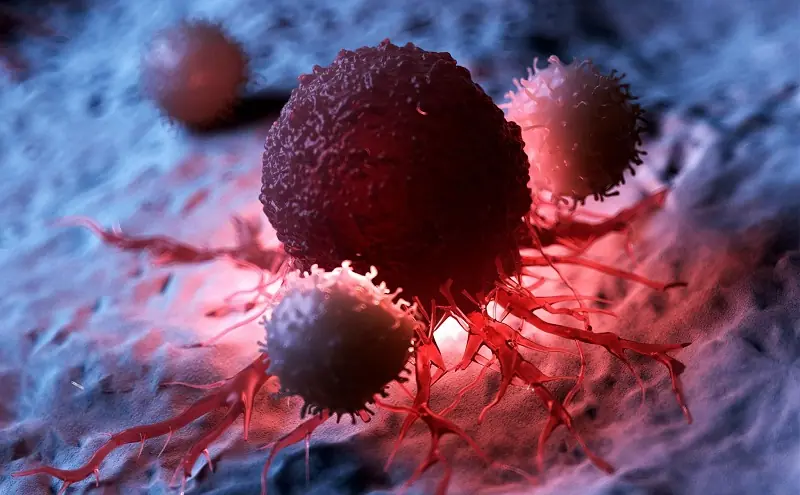
NEW 10 UNUSUAL SIGNS OF COLON CANCER
News Post

5 Dangerous Ingredients Hiding in Your Skin Care Products—Are You At Risk?

Instant Teeth Whitening: Ginger & Lemon Remedy for a Brighter Smile in 2 Minutes

Silent Heart Attack — The Pain No One Recognizes in Time

Cocoa Flavanols May Protect Blood Vessels Even When You Sit for Hours

Major Signs You Are Magnesium Deficient (and What To Do About It!)

5 Homemade Face Packs for Dry Skin in Winter | DIY Winter Face Packs for Glowing Skin

DIY Collagen Powder Recipe for Glowing Skin & Thick Hair

DIY Fennel Seeds Water for Weight Loss and Health: A Natural Remedy for Metabolism, Digestion, and Glowing Skin

Roasted Onion Peel and Garlic Peel Treatments for Grey Hair: Natural Remedies for Hair Restoration

Coffee For Instant Skin Brightening

Beetroot Face Gel for Clear Skin – Rosy Cheeks & Pink Blushing Skin

Rice and Fenugreek Hair Spray: The Natural Solution for Hair Fall, Growth, and Scalp Health

DIY Rice Water Ice Cubes for Glowing Skin: Best Recipe for Pore Minimization, Hydration, and Skin Brightening

DIY Rice Water Ice cubes for Clear Skin – Shrink Large Pores

DIY Lip Balm with Vaseline and Beetroot: A Natural, Moisturizing Solution for Soft, Pink Lips

DIY Clove Anti-Wrinkle Gel: Natural Botox Alternative for Firmer, Younger-Looking Skin

Collagen-Boosting Skin Glow Drink Recipe: Natural Solution for Wrinkles, Fine Lines, and Radiant Skin

It Will Make Your Bladder and Prostate Feel Like New! The Grandfather’s Recipe
